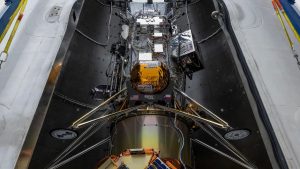Is That A.I. Mammogram Worth the Cost?

Clinics around the country are starting to offer patients a new service: having their mammograms read not just by a radiologist, but also by an artificial intelligence model. The hospitals and companies that provide these tools tout their ability to speed the work of radiologists and detect cancer earlier than standard mammograms alone.
Currently, mammograms identify around 87 percent of breast cancers. They’re more likely to miss cancer in younger women and those with dense breasts. They sometimes lead to false positives that require more testing to rule out cancer, and can also turn up precancerous conditions that may never cause serious problems but nonetheless lead to treatment because it’s not possible to predict the risk of not treating them.
“It’s not a perfect science by any stretch,” said Dr. John Lewin, chief of breast imaging at Smilow Cancer Hospital and Yale Cancer Center.
Experts are excited by the prospect of improving the accuracy of screening for breast cancer, which 300,000 women are diagnosed with each year in the United States. But they also have concerns about whether these A.I. tools will work well across a diverse range of patients and whether they can meaningfully improve breast cancer survival.
How does A.I. analysis work?
Mammograms contain a wealth of information on breast tissues and ducts. Certain patterns, such as bright white spots with jagged edges, may be a sign of cancer. Fine white lines, by comparison, may indicate calcifications that can be benign or may need more testing. Other patterns can be tricky for humans to differentiate from normal breast tissue.
A.I. models can, in some cases, “see what we cannot see,” said Dr. Katerina Dodelzon, a radiologist who specializes in breast imaging at NewYork-Presbyterian/Weill Cornell Medical Center.







